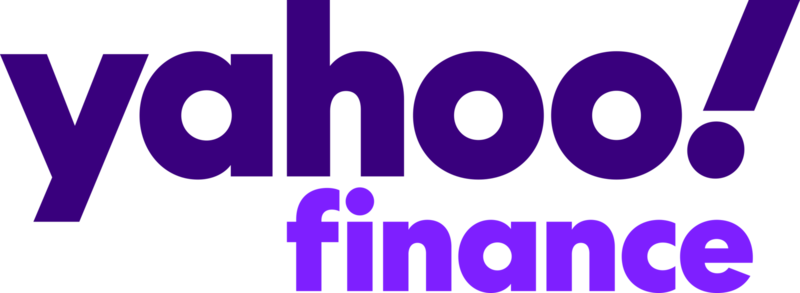Embarking on the journey of self-employment as a freelancer or entrepreneur in California can be both exhilarating and daunting. While the freedom to pursue your passions and run your own business is rewarding, it also comes with the responsibility of understanding and managing your tax obligations. One such obligation is self-employment tax, which applies to individuals who work for themselves. In this complete guide, we’ll explore everything freelancers and entrepreneurs need to know about self-employment tax in California, including what it is, how it’s calculated, deductions and credits available, compliance requirements, and strategies for minimizing tax liability.
Understanding Self-Employment Tax
Self-employment tax is a tax that individuals must pay on their self-employment income, including income earned as a freelancer, independent contractor, sole proprietor, or business owner. It consists of two components: Social Security tax and Medicare tax. While employees typically have these taxes withheld from their paychecks, self-employed individuals are responsible for paying both the employer and employee portions.
Calculation of Self-Employment Tax
The self-employment tax rate in California consists of two components:
- Social Security Tax: As of 2022, the Social Security tax rate for self-employed individuals is 12.4% on the first $147,000 of net earnings, with half of this amount (6.2%) paid by the individual as the employer’s share and the other half paid by the individual as the employee’s share.
- Medicare Tax: The Medicare tax rate for self-employed individuals is 2.9% on all net earnings, with no income limit. Additionally, an Additional Medicare Tax of 0.9% may apply to self-employment income exceeding certain thresholds.
Deductions and Credits
Self-employed individuals in California may be eligible for various deductions and credits to reduce their self-employment tax liability. Common deductions and credits include:
- Qualified Business Expenses: Self-employed individuals can deduct ordinary and necessary business expenses incurred in the course of operating their business, such as office supplies, equipment, travel expenses, and marketing costs.
- Self-Employment Tax Deduction: Self-employed individuals can deduct half of their self-employment tax liability when calculating their adjusted gross income, effectively reducing their taxable income.
- Retirement Contributions: Contributions to retirement plans, such as Individual Retirement Accounts (IRAs), Simplified Employee Pension (SEP) IRAs, or Solo 401(k) plans, may be deductible, reducing both self-employment tax and income tax liabilities.
Compliance Requirements
Self-employed individuals in California must fulfill various compliance requirements related to self-employment tax, including:
- Quarterly Estimated Tax Payments: Since self-employed individuals do not have taxes withheld from their income, they are required to make quarterly estimated tax payments to the Internal Revenue Service (IRS) and the California Franchise Tax Board (FTB) to cover their income tax and self-employment tax liabilities.
- Filing Annual Tax Returns: Self-employed individuals must file an annual tax return with the IRS and the FTB, reporting their self-employment income, deductions, and credits. The tax return is typically filed using Form 1040, Schedule C (Profit or Loss from Business), and Schedule SE (Self-Employment Tax).
- Recordkeeping: It’s essential for self-employed individuals to maintain accurate and organized records of their income, expenses, receipts, invoices, and other financial documents to support the information reported on their tax returns.
Strategies for Minimizing Self-Employment Tax
To minimize self-employment tax liability in California, freelancers and entrepreneurs can consider implementing the following strategies:
- Maximize Deductions: Take advantage of all available deductions for qualified business expenses to lower taxable income and self-employment tax liability.
- Utilize Retirement Accounts: Contribute to retirement accounts and take advantage of the tax benefits associated with retirement savings, including potential deductions and tax-deferred growth.
- Structure Business Entities: Consider structuring the business as a corporation or LLC, which may offer certain tax advantages, such as the ability to pay yourself a reasonable salary and distribute profits in the form of dividends, which are subject to lower tax rates.
Conclusion
Navigating self-employment tax obligations in California requires a thorough understanding of tax laws, rates, deductions, credits, and compliance requirements. Freelancers and entrepreneurs must familiarize themselves with the intricacies of self-employment tax and implement strategies to minimize tax liability while ensuring compliance with state and federal tax regulations. By staying informed, proactive, and diligent in managing their tax obligations, self-employed individuals can effectively navigate the tax landscape and focus on building successful and thriving businesses in the Golden State.
Learn more: Robert Hall & Associates | Los Angeles Tax Preparation & Consulting




















